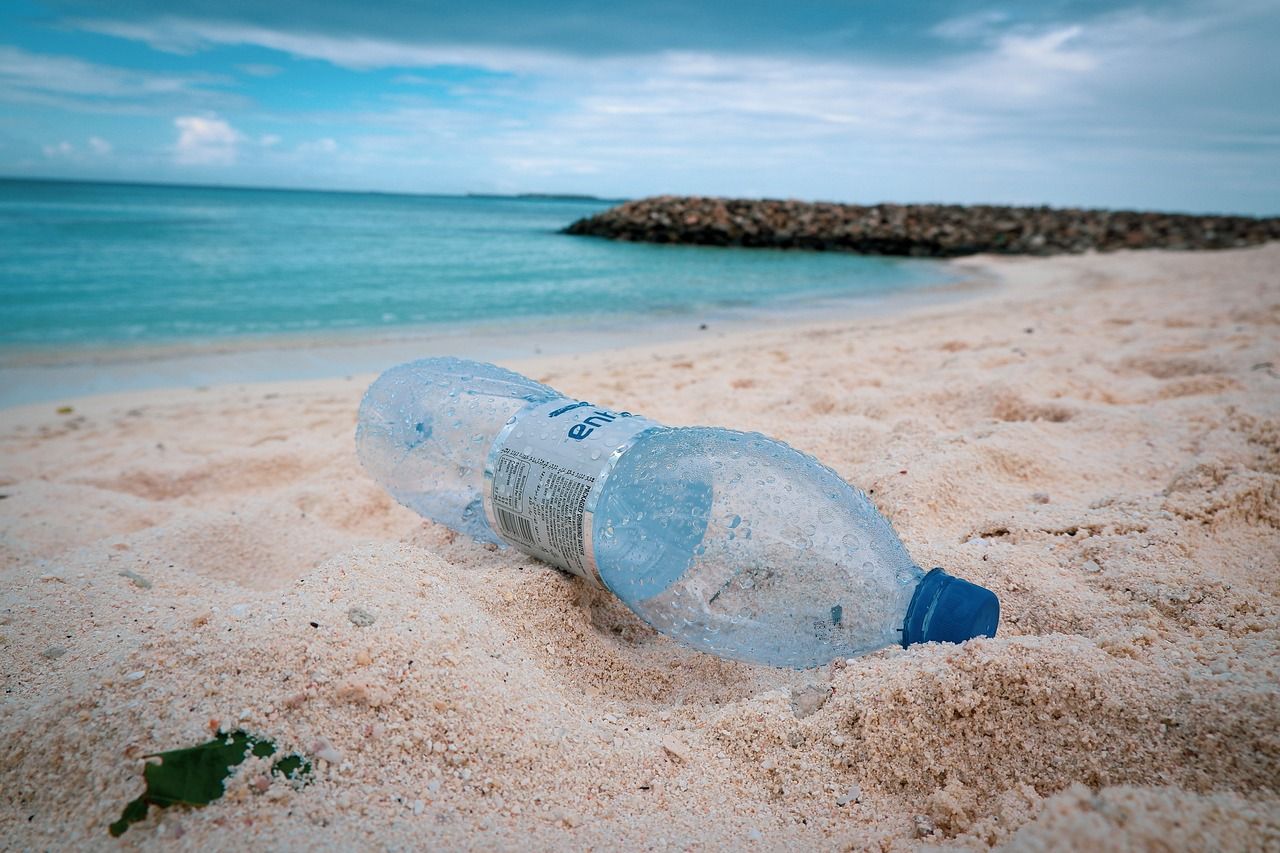
🥤 Nanoplastics may not be as harmful as we thought
A study shows that nanoplastics are not as dangerous for plankton as we thought. The plastics break down faster than expected.
Share this story!
Every year, millions of tons of plastic end up in the oceans. Gradually, the plastic breaks down into nanoplastics, small plastic particles between 100 nanometers and 1 micrometer in size. How dangerous these particles are for the environment is unclear, but now a study from Lund University indicates that these particles are not so dangerous.
Previous studies have studied nanoplastic particles that are manufactured for the purpose and are often used in high concentrations. The researchers instead broke down ordinary plastic objects such as lids, bottles and bags into nanoparticles.
The researchers then investigated whether the nanoplastics were dangerous to daphnia, a type of zooplankton that is important food for fish. It turned out that the nanoplastics were not dangerous for the daphnia, and that a couple of plastic types actually increased their lifespan. The latter may be due to bacteria accumulating on the particles, which then become a source of food for the daphnia.
"The results are very important because, contrary to research done on manufactured nanoplastic particles, they show that nanoplastics are not that harmful. We were very surprised because nano-sized materials acquire different properties than larger-sized materials and become more reactive," says Tommy Cedervall, researcher at Lund University and one of the researchers behind the study, in a press release.
The researchers also looked at how the nanoplastics break down in nature. Here, it is not entirely clear how fast the degradation is going, but there are signs that it is going faster than we previously thought.
"It is interesting to think about how fast the process of breaking down microplastics into nanoplastics is. It may be much faster than we have thought. Now our results show that UV radiation affects the nanoparticles; which are also broken down by bacterial and mechanical processes. Because nano materials have a very large surface area in relation to the mass, it might just say poof and then there are no particles left," says Tommy Cedervall.
The researchers point out that more research is needed to be sure exactly how nanoplastics behave in nature and how they affect the environment, but there are clear possibilities that the nanoplastics are not as dangerous for the environment as we thought and that it breaks down faster than expected.
"If that's the case, maybe we don't need to be so worried about the possible effects of the nanoplastics, at least not for daphnia, especially since our results now show that they don't have to be harmful. At the same time, we do not know what happens if and when these particles make it higher up the food chain. The levels of chemicals risk being higher in fish than in plankton, and we don't know how nanoplastics affect humans yet," says Tommy Cedervall.
By becoming a premium supporter, you help in the creation and sharing of fact-based optimistic news all over the world.


